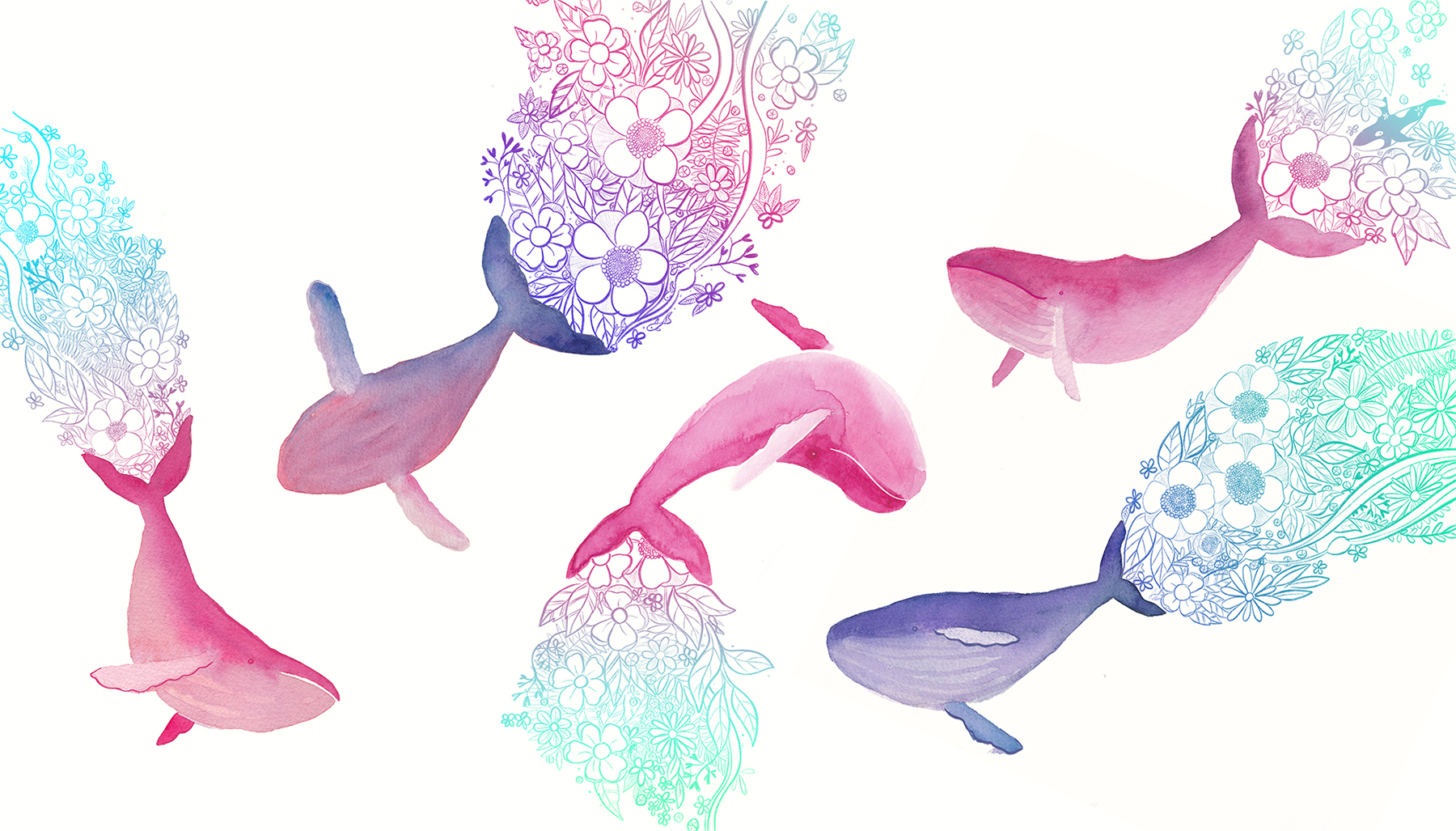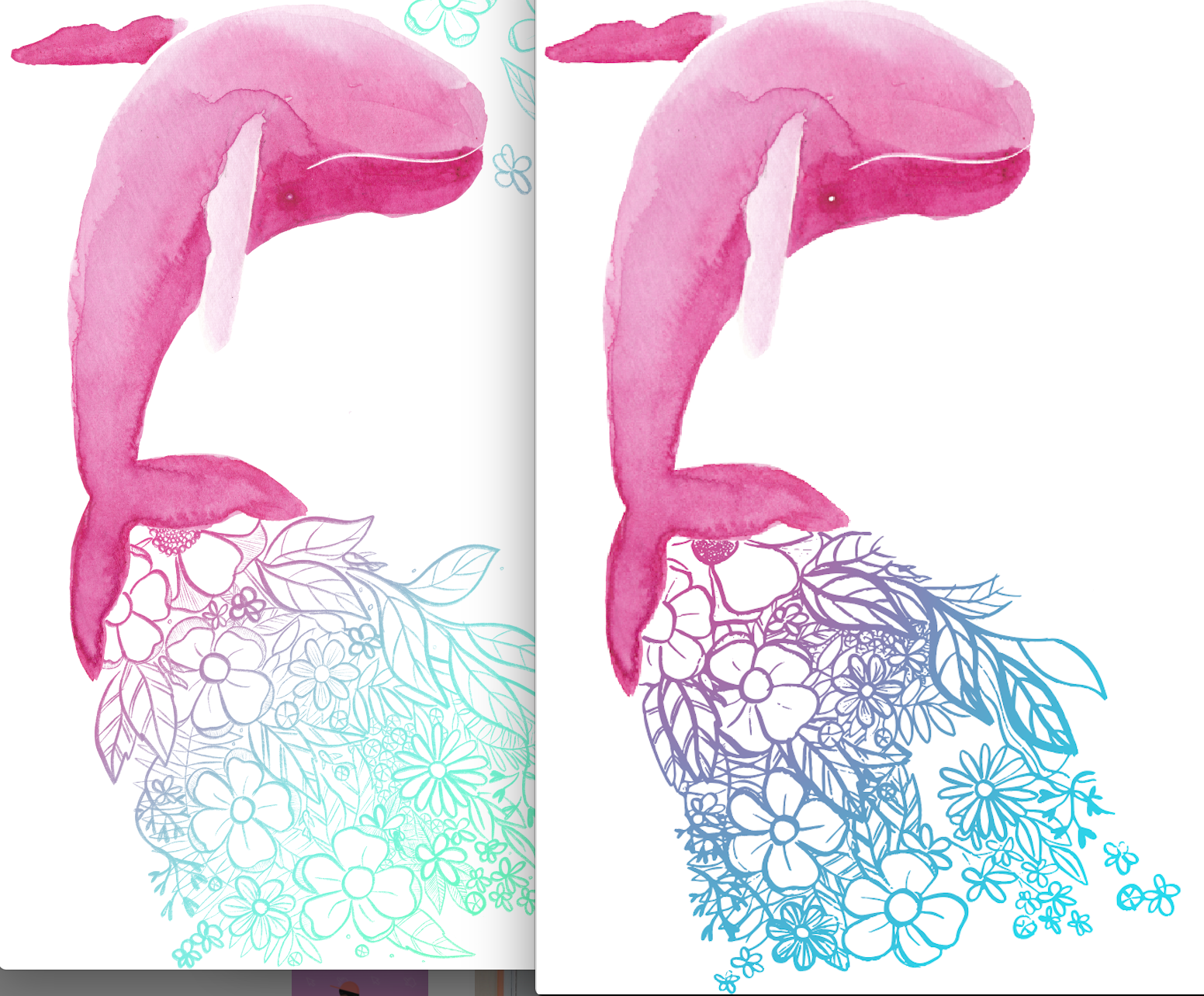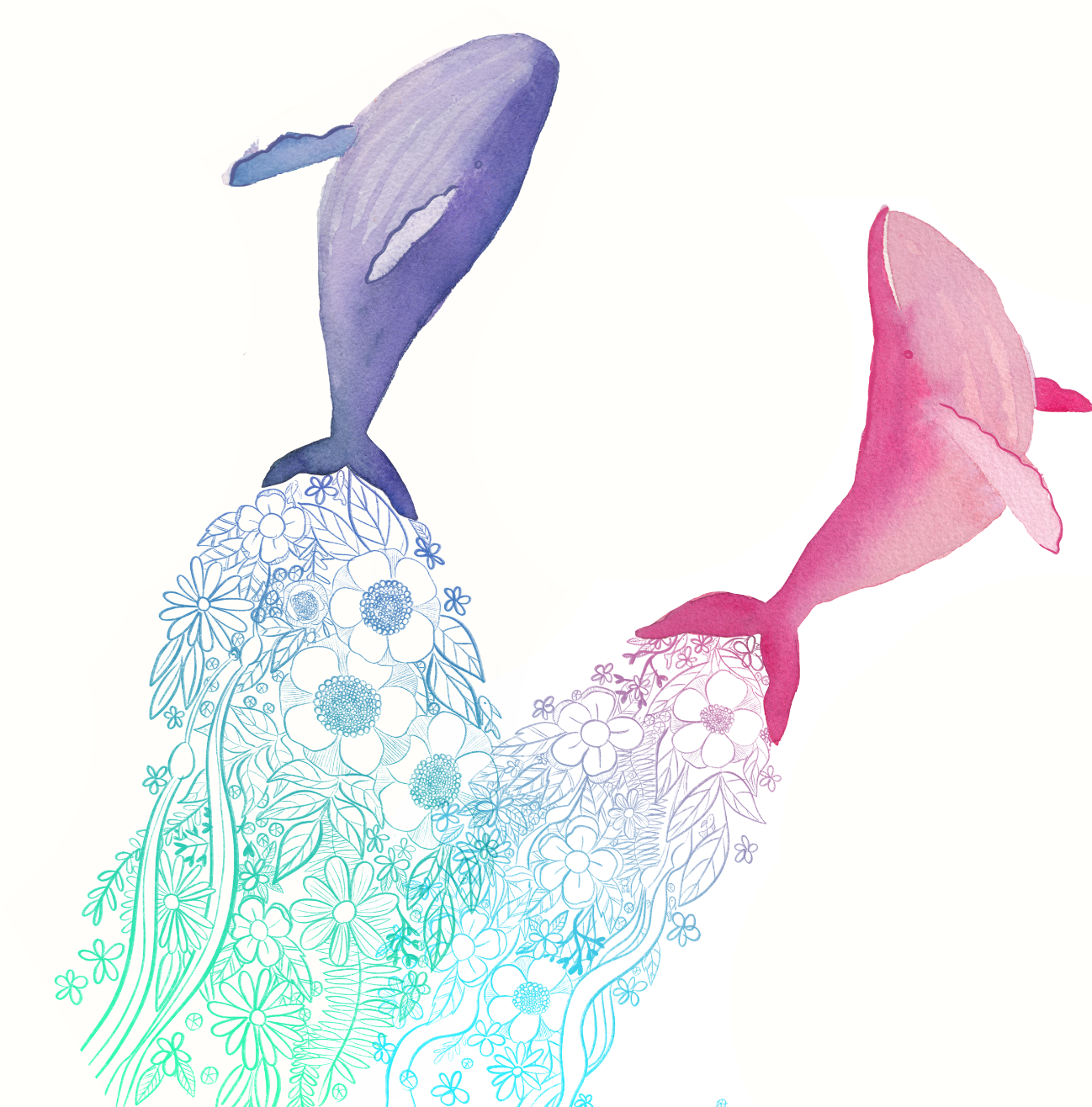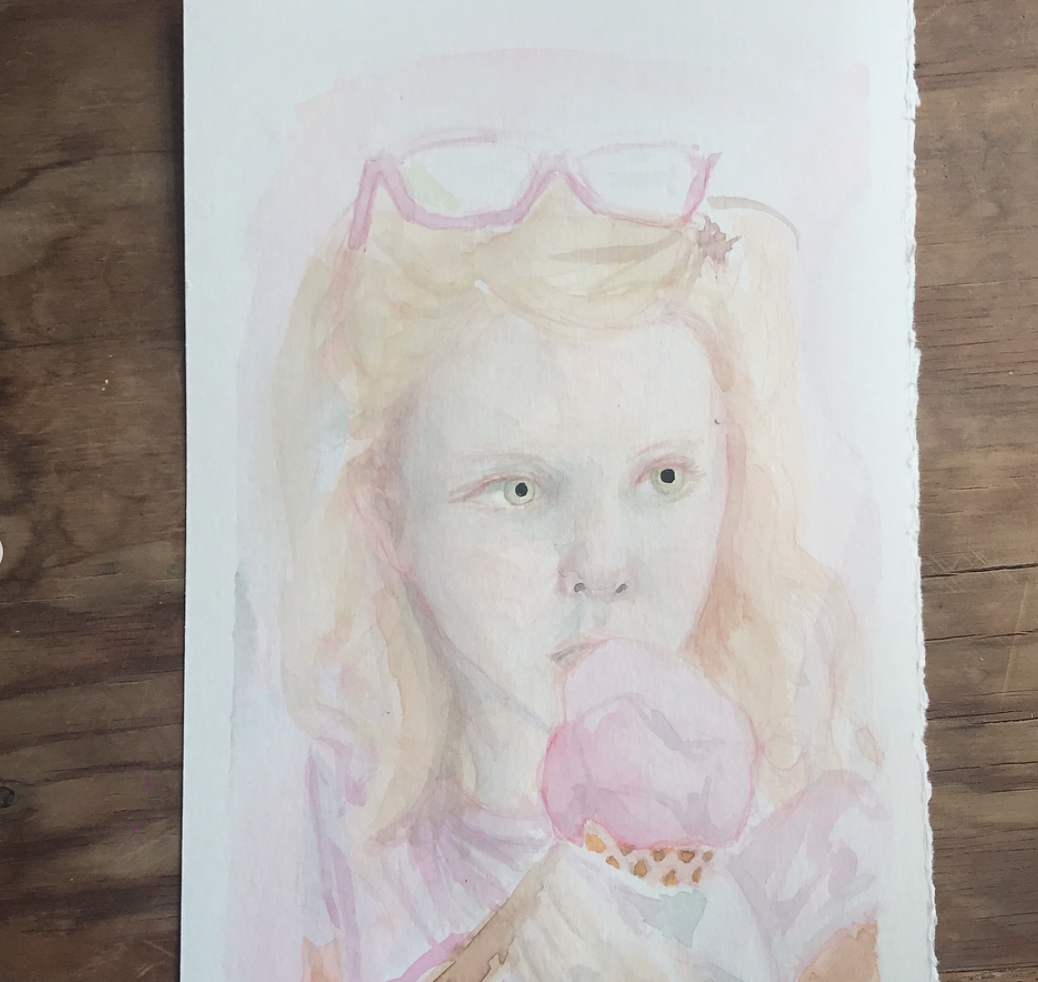This winter I decided to take on something new by learning After Effects to dive more into Motion Design.
Those who have followed me for a while will know that I’ve done little animations before using Procreate to give some fun to what are otherwise static art pieces. (See my Magical Sunriver Map and Sassy cat examples.)
But After effects is a leap away from frame by frame animation which is very very very time consuming, and allows you to do certain things easier like camera panning. For example, when trying to show you different aspects of my magical map I needed to film my iPad and move it manually to different parts of my illustration. It was clumsy and I didn’t feel it was executed as well as it could be. So in after effects, you can achieve camera movements much more precisely. You can also capture different styles like flat vector animations easily and longer animations.
Inspiration + How am I learning?
To start I dove into Skillshare and Youtube (not sponsored, but you can see my playlist of interesting AE videos on my YT channel). One artist I was lead to which I absolutely love is SlimJim. Seeing his work inspires me to want to do some of my own, especially as some meshes with themes I like, such as travel, but putting my own interests of nature and biodiversity themes in there too. See my fave work from him below:
Is After Effects easy? No. Is it intuitive? Hell no. But not much worse than Illustrator. Once you grasp the concept of a simplified illustrator times the variable of time, it all starts to make sense.
I think this type of learning will especially appeal to feel like they are both right brain and left brain people. They love art but also like math and/or coding. Because there’s optional math and coding aspects to AE that will help you achieve the artistic vision you’re going after. (More on that another time.)
A simpler motion design - my first plant
Here is a little plant I made as a way of breaking down a much larger project into very small bite sized pieces. To do it I made the plant itself in Illustrator, made sure break each part that would move into different layers (each leaf w/ stem on a different layer) (ALWAYS NAMING MY LAYERS) and then importing it with layers intact into After Effects.
Then in After Effects I assigned a “Bend” effect to each leaf layer over time, telling each leaf which direction to bend in and for how long. For this animation I wanted each leaf to be a little unique from each other so they don’t all bend perfectly the same, making it a little more interesting.
I know, it’s spectacular. But I wanted to share with you my learning process so that it might inspire you to learn to. Artists don’t need to stick to one medium.
If you want to start in AE and already have a good base in Illustrator, I recommend a day or more of basic course exercises (my first was on skillshare) and then you can add random videos to support your learning.
For the above bend video, I used this class on YT:
Happy new year! May you have a very creative 2021.
Cheers,
Jess










